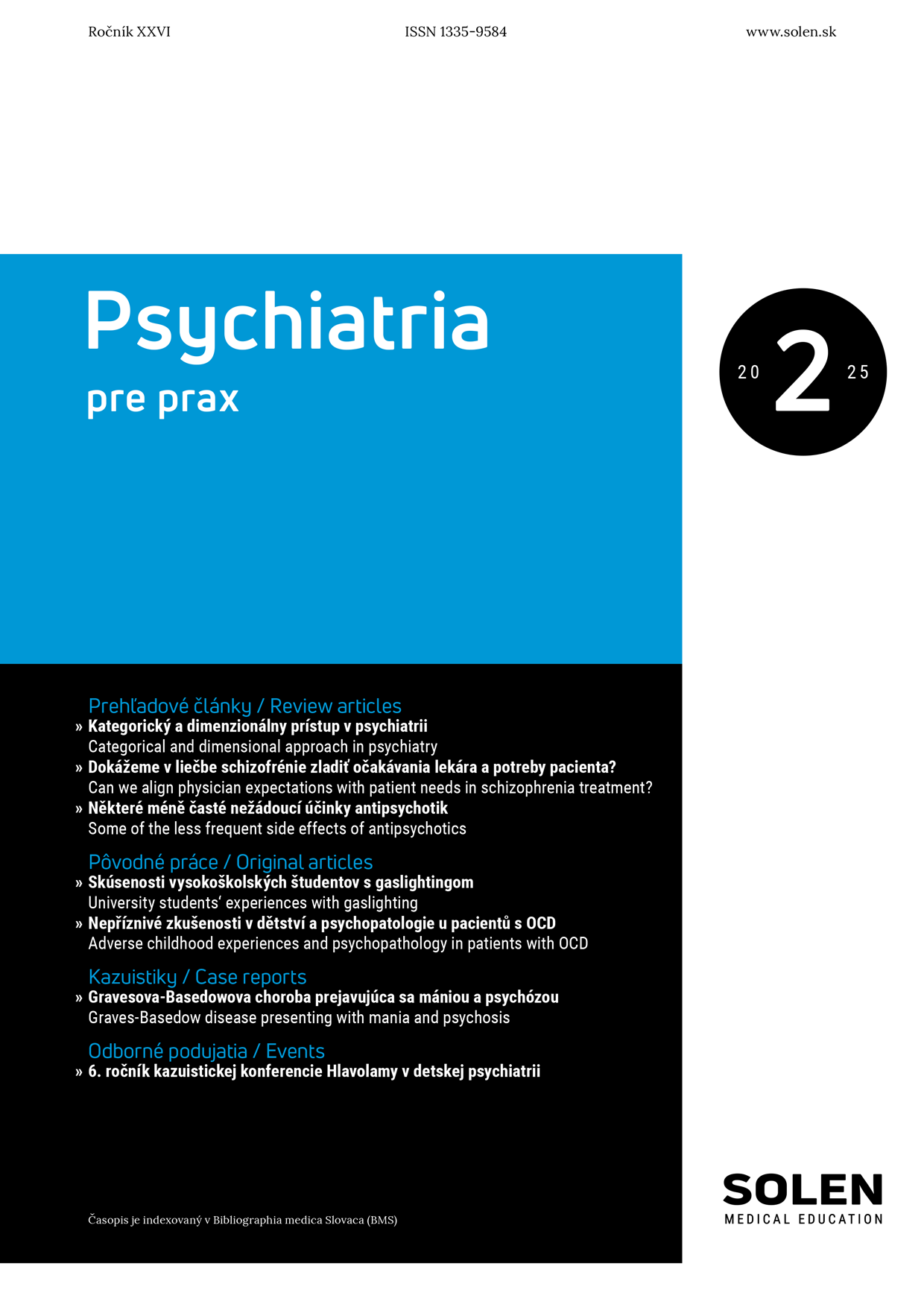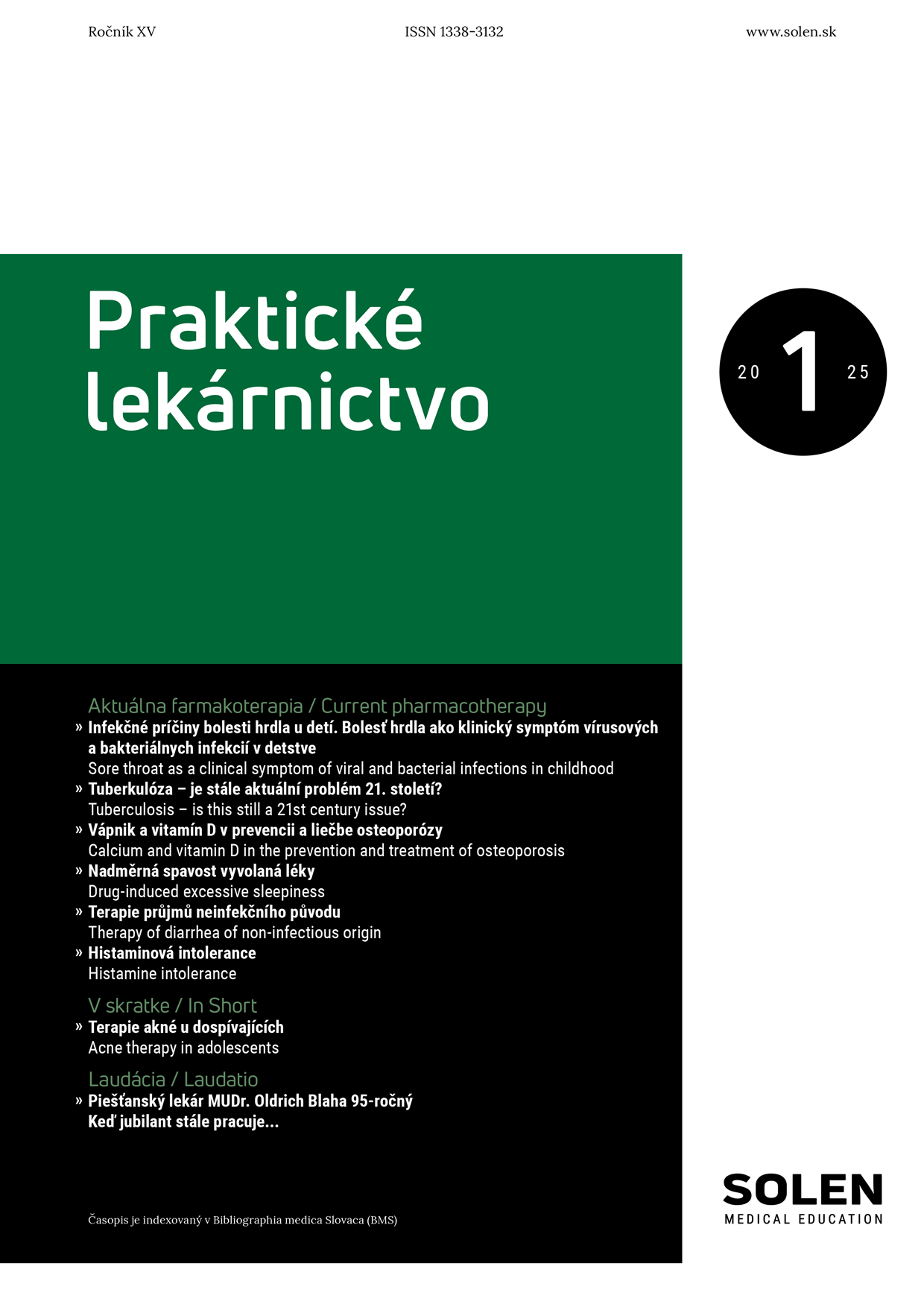Vaskulárna medicína 3-4/2012
Zmeny hemostázy pri operácii kŕčových žíl laserovou metódou
doc. MUDr. Ján Staško, PhD., prof. MUDr. Peter Kubisz, DrSc., doc. MUDr. Robert Vyšehradský, PhD., MUDr. Štefan Zelník, prof. MUDr. Jana Buchancová, CSc.
Medzi moderné, miniinvazívne metódy na operačné riešenie varixov dolných končatín patrí endovenózna laserová ablácia (EVLA). Možnou komplikáciou tepelného účinku EVLA je poškodenie endotelu a vznik intraluminálneho trombu vo venóznom riečisku. V prípade rozšírenia trombu z povrchového do hĺbkového žilového systému by pacient mohol byť ohrozený rizikom pľúcnej embolizácie. Autori prezentujú vlastné výsledky výskumu zmien hemostázy a aktivácie endotelu u pacientov po EVLA so zameraním sa na laboratórne overenie trombogénneho rizika tejto metódy.
Kľúčové slová: endovenózna laserová ablácia, vena saphena magna, hemostáza, aktivácia a poškodenie endotelu.
Changes of haemostasis in patients undergoing laser intervention of varices
Endovenous laser ablation (EVLA) is considered to be one of the modern, minimally invasive techniques for surgical management of leg varices. The thermal effect of EVLA can induce endothelium damage and intraluminal thrombus formation in varicose veins. In the case of extension from the superficial to the deep venous system this can bear a risk of pulmonary embolism for the patient. The authors present own research results of the haemostatic changes and endothelium activation in patients undergoing EVLA with the aim of laboratory estimation of the postinterventional thrombogenic risk.
Keywords: endovenous laser ablation, vena saphena magna, haemostasis, endothelium activation and damage.


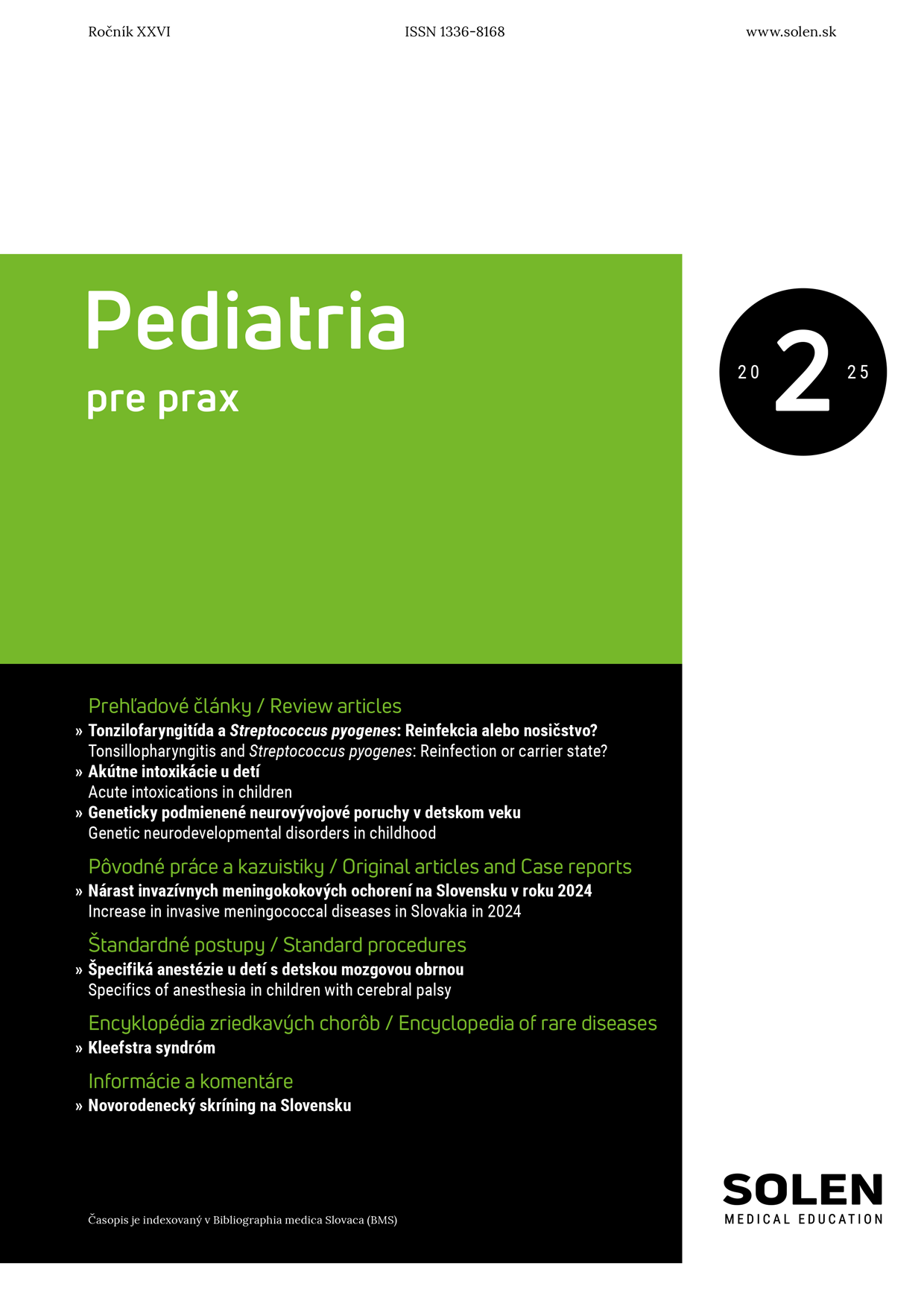
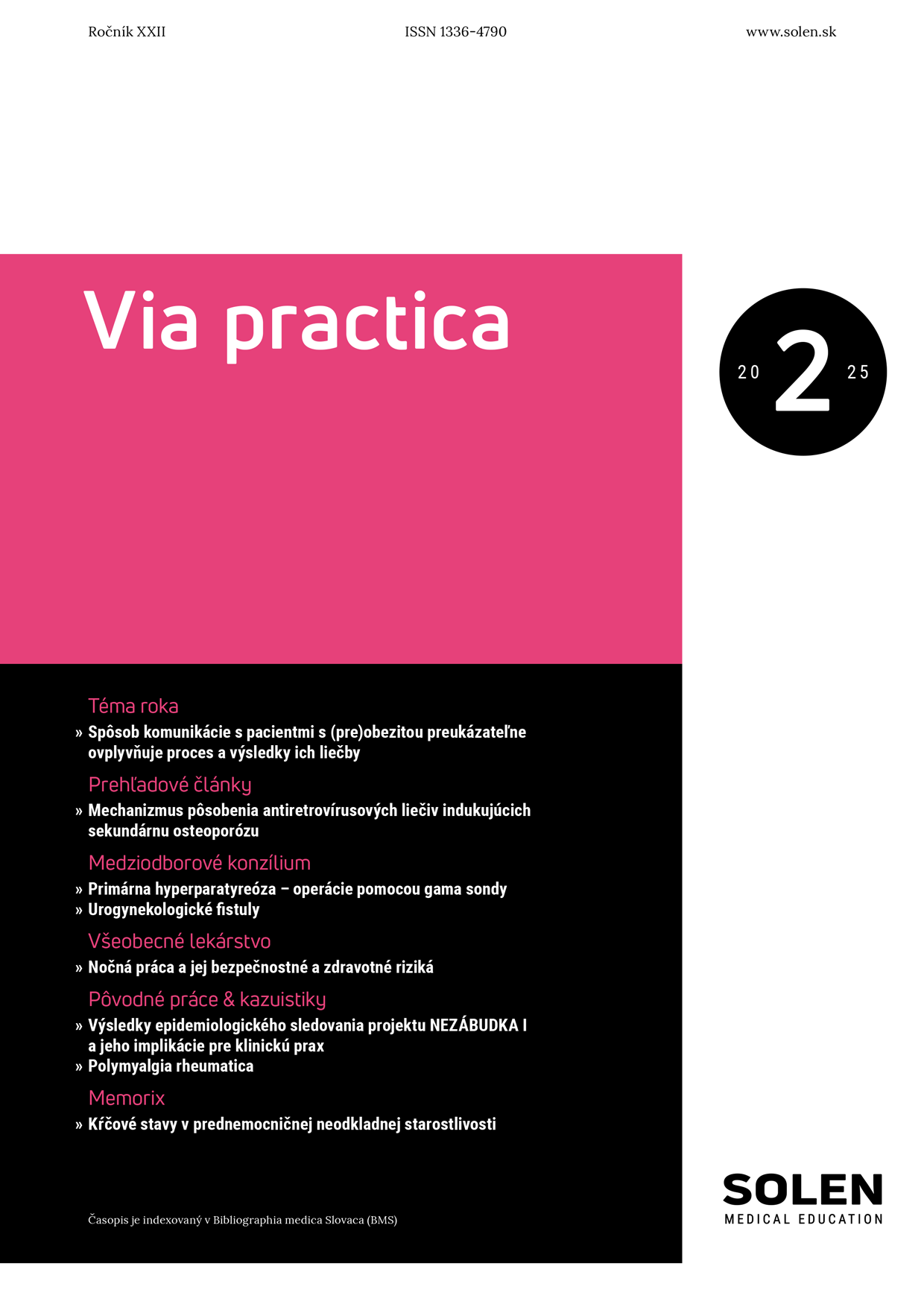
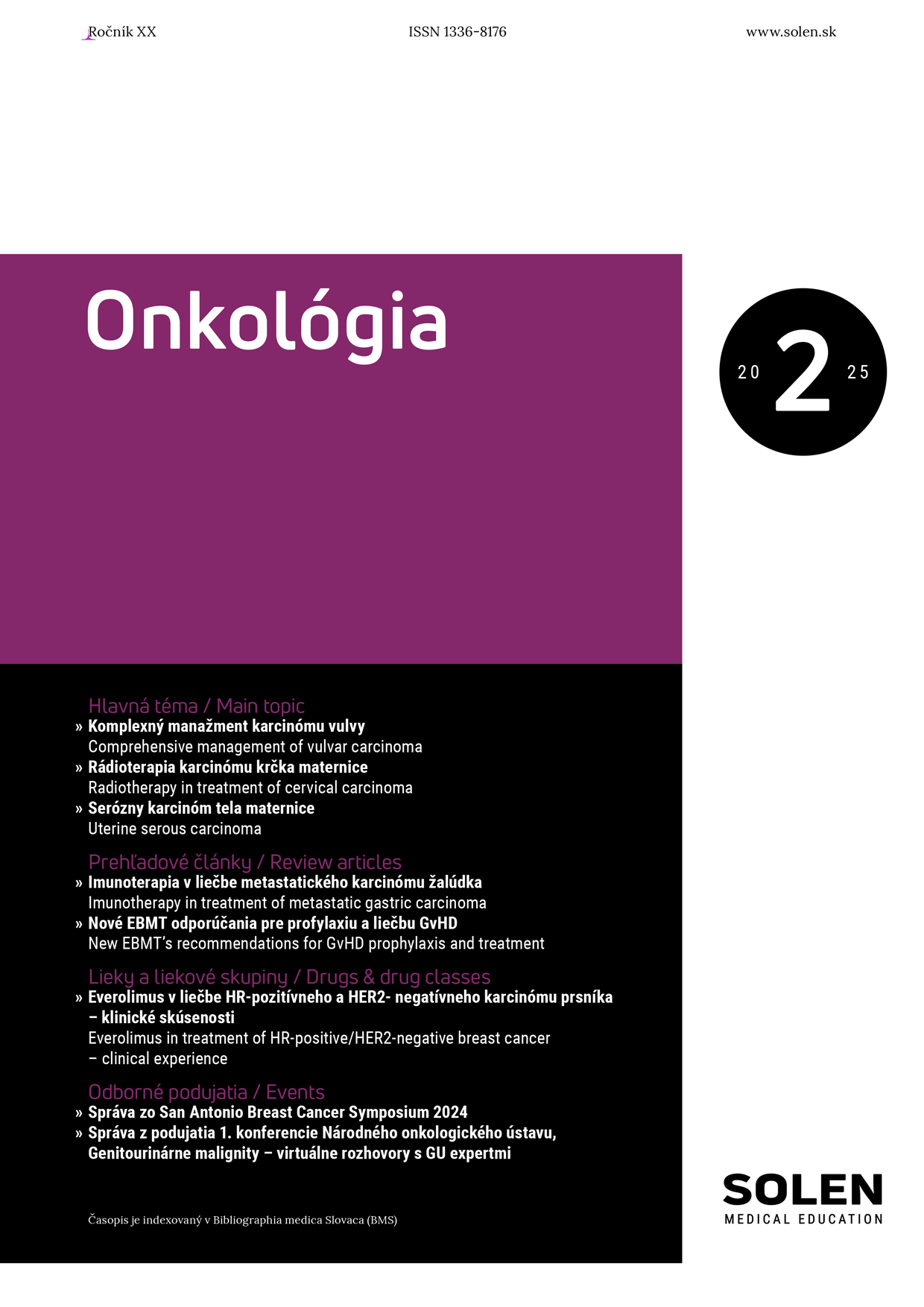
-1.png)
